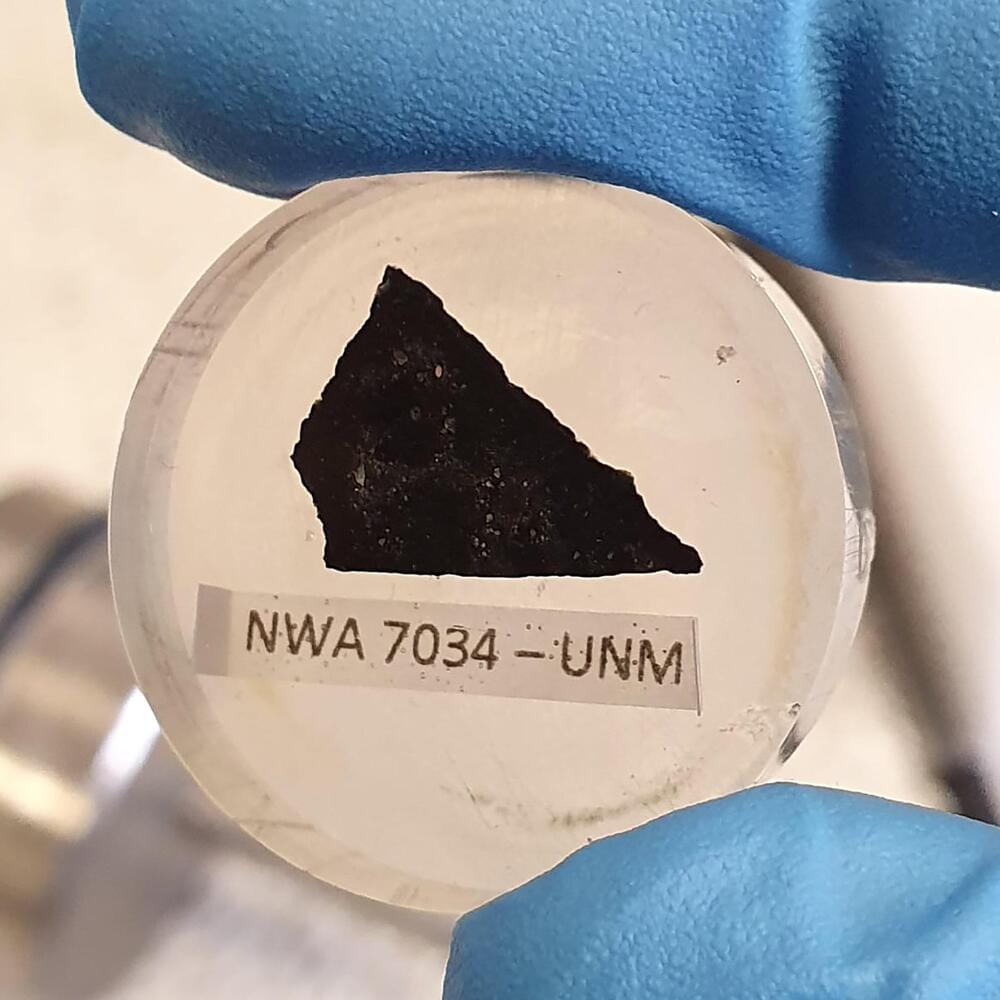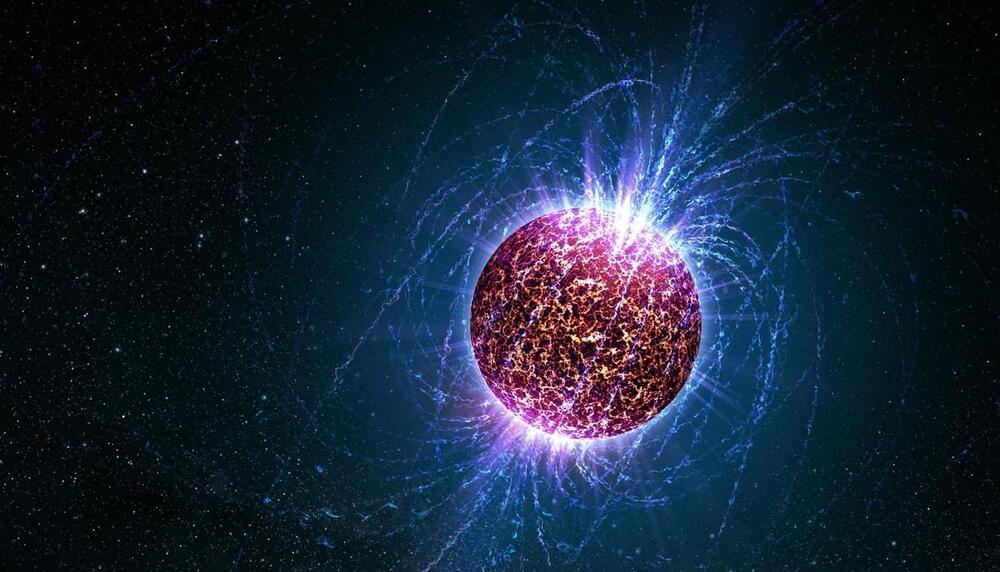A recent study in Physical Review Letters explores quantum effects on black hole thermodynamics and geometry, focusing on extending two classical inequalities into the quantum regime.
Black holes have been thoroughly studied through a classical approach based on Einstein’s general theory of relativity. However, this approach does not account for quantum effects like Hawking radiation.
The goal of the study was for the researchers to refine classical theories by including quantum effects, thereby offering an improved understanding of black hole dynamics.








